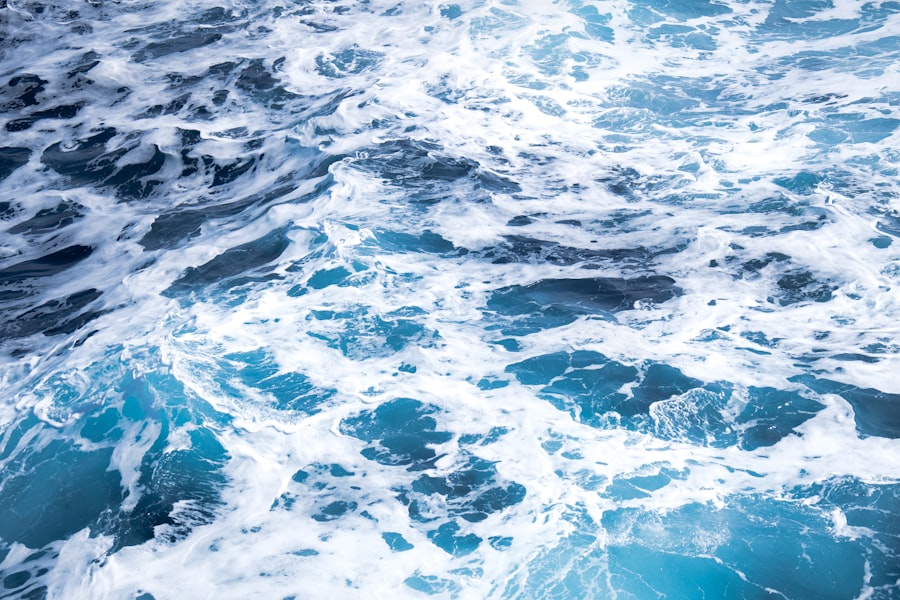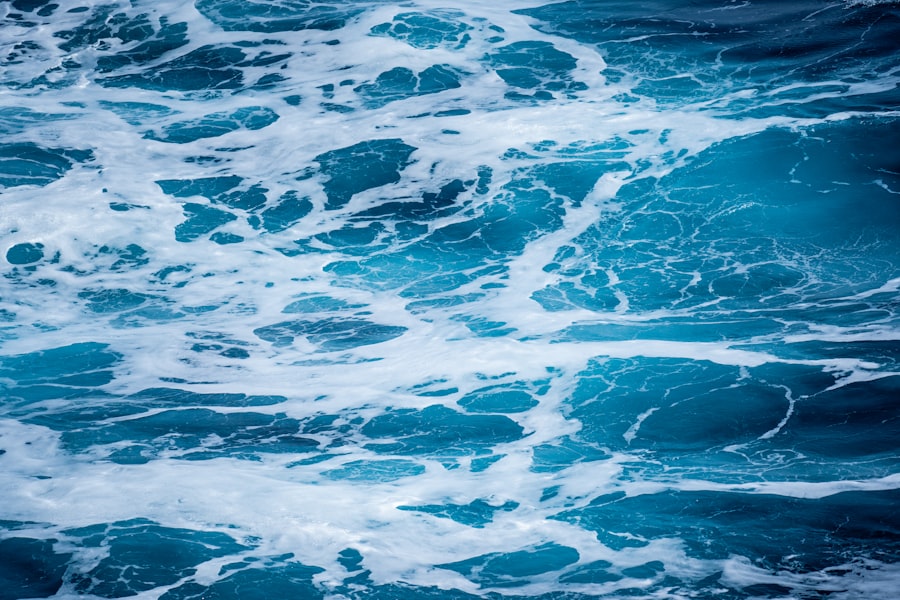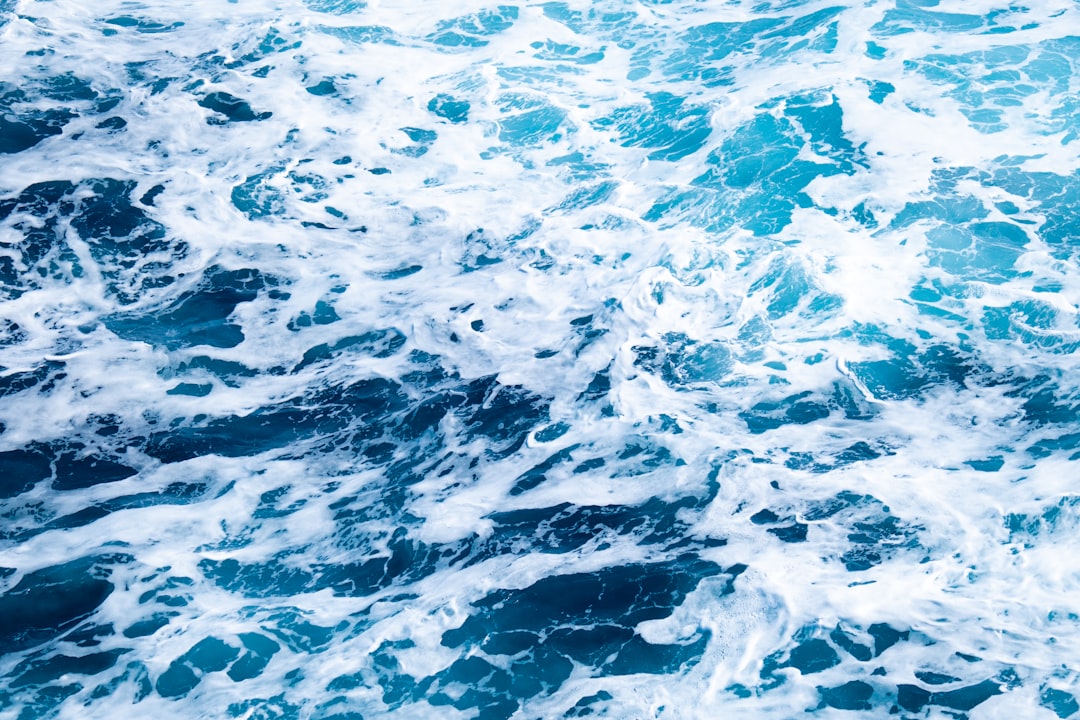The Drake Passage, a body of water that separates South America from Antarctica, is renowned for its tumultuous seas and significant role in global oceanic systems. Named after the English explorer Sir Francis Drake, who was one of the first Europeans to navigate these waters in the late 16th century, the passage has become a focal point for maritime navigation, scientific research, and ecological studies. Its unique geographical and climatic conditions make it a subject of fascination for explorers, scientists, and environmentalists alike.
The passage serves not only as a critical route for vessels traveling between the Atlantic and Pacific Oceans but also as a vital area for understanding climate change and marine biodiversity. The Drake Passage is often characterized by its unpredictable weather and rough seas, which can pose significant challenges to navigation. Despite these hazards, it remains an essential corridor for shipping and research expeditions heading to Antarctica.
The passage’s significance extends beyond its navigational challenges; it plays a crucial role in the global climate system and ocean circulation patterns. As such, understanding the Drake Passage is vital for comprehending broader environmental changes affecting the planet.
Key Takeaways
- Drake Passage is a narrow body of water between South America’s Cape Horn and the South Shetland Islands of Antarctica.
- It is known for its treacherous weather conditions and strong winds, making it a challenging route for ships to navigate.
- The passage has a rich history of exploration and discovery, with famous expeditions by explorers such as Sir Francis Drake and Charles Darwin.
- The region is home to diverse marine life, including whales, seals, and seabirds, and plays a crucial role in global ocean circulation.
- Ongoing research and conservation efforts are focused on understanding and protecting the unique ecosystems of Drake Passage.
Geographic Location and Characteristics of Drake Passage
Geographically, the Drake Passage is situated between Cape Horn at the southern tip of South America and the Antarctic Peninsula. It spans approximately 800 kilometers (500 miles) in width, making it one of the narrowest points of oceanic separation between two continents. The passage connects the Atlantic Ocean to the Southern Ocean, facilitating the movement of water masses and marine life between these two vast bodies of water.
The depth of the passage varies significantly, with some areas reaching depths of over 4,000 meters (13,000 feet), creating a complex underwater topography that influences ocean currents and marine ecosystems. The characteristics of the Drake Passage are defined by its strong currents and turbulent waters. The confluence of the Antarctic Circumpolar Current, which flows uninterrupted around Antarctica, with various other oceanic currents creates a dynamic marine environment.
This interaction leads to frequent storms and high waves, making navigation through the passage particularly treacherous. The unique geographical features of the Drake Passage not only contribute to its challenging conditions but also play a crucial role in shaping the climate and ecology of the surrounding regions.
Historical Significance of Drake Passage

Historically, the Drake Passage has been a significant maritime route since the Age of Exploration. Sir Francis Drake’s circumnavigation of the globe in the late 1500s marked one of the first European encounters with these waters, paving the way for future explorers and navigators. The passage became a critical route for whalers, sealers, and later, scientific expeditions seeking to explore Antarctica and its surrounding waters.
Its historical significance is underscored by its role in facilitating trade routes and exploration during a time when maritime navigation was fraught with peril. The passage has also been pivotal in shaping geopolitical dynamics in the Southern Hemisphere. Throughout history, various nations have sought control over these waters due to their strategic importance for shipping routes and resource access.
The competition for dominance in this region has led to international treaties and agreements aimed at preserving the ecological integrity of the area while allowing for safe navigation. The historical narrative of the Drake Passage is intertwined with tales of adventure, discovery, and conflict, reflecting humanity’s enduring quest to explore and understand the natural world.
Exploration and Discovery of Drake Passage
| Expedition | Year | Distance Explored (km) | New Discoveries |
|---|---|---|---|
| James Cook’s First Voyage | 1773 | Unknown | First confirmed crossing |
| United States Exploring Expedition | 1839 | Unknown | Charted islands and coastline |
| Swedish Antarctic Expedition | 1901 | Unknown | Discovered new islands |
| British Graham Land Expedition | 1934 | Unknown | Explored and mapped coastline |
The exploration of the Drake Passage has been marked by numerous expeditions that have contributed to our understanding of this challenging maritime region. Early explorers faced daunting conditions as they navigated through rough seas and unpredictable weather patterns. Notable figures such as James Cook and Ernest Shackleton undertook perilous journeys through the passage, documenting their experiences and observations along the way.
Their explorations not only expanded geographical knowledge but also provided valuable insights into the region’s climate, wildlife, and oceanography. In more recent times, advancements in technology have facilitated further exploration of the Drake Passage.
These explorations have revealed the passage’s critical role in global ocean circulation and its impact on climate systems far beyond its immediate vicinity. The ongoing quest for knowledge about the Drake Passage continues to inspire researchers and adventurers alike, highlighting its enduring significance in the realm of exploration.
Climate and Weather Patterns in Drake Passage
The climate of the Drake Passage is characterized by its extreme variability, influenced by its geographical location and oceanic currents. The region experiences strong winds, frequent storms, and rapidly changing weather conditions that can shift from calm to tumultuous within hours. The convergence of cold Antarctic waters with warmer currents from the north creates a dynamic atmosphere that contributes to the passage’s notorious reputation among sailors.
This unpredictable climate poses significant challenges for navigation and has historically led to numerous shipwrecks. Seasonal variations also play a crucial role in shaping weather patterns within the Drake Passage. During summer months, temperatures can rise slightly, leading to calmer seas; however, winter brings fierce storms and icy conditions that can make navigation perilous.
Understanding these climate patterns is essential for safe maritime operations as well as for predicting how climate change may further impact this sensitive region. As global temperatures rise, researchers are increasingly focused on studying how these changes will affect weather patterns in the Drake Passage and beyond.
Marine Life and Ecosystems in Drake Passage

The Drake Passage is home to a rich diversity of marine life that thrives in its cold waters. The nutrient-rich environment supports a variety of species, including krill, which serves as a foundational food source for many larger animals such as seals, penguins, and whales. The presence of these species highlights the ecological importance of the passage as a critical habitat for marine biodiversity.
Researchers have documented numerous species that inhabit these waters, contributing to our understanding of marine ecosystems in extreme environments. In addition to its diverse fauna, the Drake Passage also supports unique ecosystems that are adapted to its harsh conditions. Cold-water coral reefs, for example, have been discovered in some areas of the passage, providing habitats for various marine organisms.
These ecosystems are not only vital for local biodiversity but also play a role in carbon sequestration and overall ocean health. As climate change continues to impact marine environments globally, understanding the ecosystems within the Drake Passage becomes increasingly important for conservation efforts.
Importance of Drake Passage for Global Ocean Circulation
The Drake Passage plays a pivotal role in global ocean circulation patterns due to its unique geographical position and hydrodynamic characteristics. It serves as a conduit for the Antarctic Circumpolar Current (ACC), which flows continuously around Antarctica and connects all major ocean basins. This current is crucial for regulating global climate by redistributing heat and nutrients across oceans.
The interaction between different water masses within the passage influences not only local marine ecosystems but also broader climatic systems around the world. The significance of the Drake Passage extends beyond its immediate effects on ocean circulation; it also impacts weather patterns across continents. Changes in water temperature and salinity within the passage can influence atmospheric conditions far beyond its borders.
As scientists continue to study these complex interactions, they are uncovering how shifts in ocean circulation due to climate change may affect weather patterns globally. Understanding the role of the Drake Passage in this intricate system is essential for predicting future climate scenarios.
Challenges and Hazards of Navigating Drake Passage
Navigating through the Drake Passage presents numerous challenges due to its notorious weather conditions and unpredictable seas. Sailors often encounter high waves, strong currents, and sudden storms that can make even experienced mariners apprehensive. The combination of these factors has earned the passage a reputation as one of the most treacherous maritime routes in the world.
Shipwrecks are not uncommon, underscoring the need for careful planning and preparation when traversing these waters. In addition to natural hazards, navigational challenges arise from limited visibility caused by fog or storms. The remoteness of the region means that rescue operations can be complicated and time-consuming if vessels encounter difficulties.
As such, mariners must be well-equipped with knowledge about weather patterns, navigational tools, and emergency protocols to ensure safe passage through this formidable stretch of ocean.
Research and Scientific Studies in Drake Passage
The scientific community has increasingly focused on conducting research within the Drake Passage due to its ecological significance and role in global climate systems. Numerous research expeditions have been launched to study various aspects of this unique marine environment, including oceanography, marine biology, and climate science. These studies aim to enhance understanding of how changes in temperature and salinity affect marine ecosystems and contribute to broader environmental shifts.
Research initiatives often involve collaboration between international teams of scientists who utilize advanced technologies such as remote sensing, underwater drones, and autonomous research vessels. These tools allow researchers to gather data on ocean currents, temperature variations, and biological diversity with greater precision than ever before. As climate change continues to pose challenges worldwide, ongoing research in the Drake Passage will be crucial for informing conservation efforts and developing strategies to mitigate environmental impacts.
Conservation and Environmental Protection Efforts in Drake Passage
Given its ecological importance and vulnerability to climate change, conservation efforts in the Drake Passage have become increasingly vital. Various international agreements aim to protect marine biodiversity while promoting sustainable practices within this sensitive region. Organizations such as the Commission for the Conservation of Antarctic Marine Living Resources (CCAMLR) work collaboratively with member nations to establish guidelines for fishing practices and habitat protection.
In addition to regulatory measures, public awareness campaigns play a crucial role in promoting conservation efforts within the Drake Passage. Educational initiatives aim to inform stakeholders about the importance of preserving marine ecosystems while encouraging responsible tourism practices among visitors exploring this remote area. As awareness grows regarding environmental issues facing our oceans, continued advocacy for conservation will be essential for safeguarding the unique biodiversity found within the Drake Passage.
Future Prospects and Developments in Drake Passage Research
Looking ahead, future research endeavors in the Drake Passage hold great promise for advancing scientific knowledge about this critical maritime region. As technology continues to evolve, researchers will have access to more sophisticated tools that enable deeper exploration into previously uncharted areas of the passage. Innovations such as artificial intelligence-driven data analysis may enhance our understanding of complex ecological interactions while improving predictive models related to climate change impacts.
Moreover, interdisciplinary collaborations between scientists from various fields will likely yield new insights into how changes within the Drake Passage affect global systems. By integrating knowledge from oceanography, biology, climatology, and other disciplines, researchers can develop comprehensive strategies for addressing environmental challenges facing this unique region. As humanity grapples with pressing issues related to climate change and biodiversity loss, ongoing research in the Drake Passage will be instrumental in shaping our understanding of these interconnected phenomena while guiding future conservation efforts.
In conclusion, the Drake Passage stands as a remarkable testament to nature’s power and complexity. Its geographical significance, historical importance, rich biodiversity, and role in global climate systems make it an area worthy of continued exploration and protection. As researchers delve deeper into understanding this dynamic maritime region, they contribute not only to scientific knowledge but also to efforts aimed at preserving one of Earth’s most extraordinary environments for generations to come.
The Drake Passage is a significant body of water that connects the Atlantic Ocean and the Pacific Ocean, serving as a crucial maritime route for vessels navigating between these two vast bodies of water.
